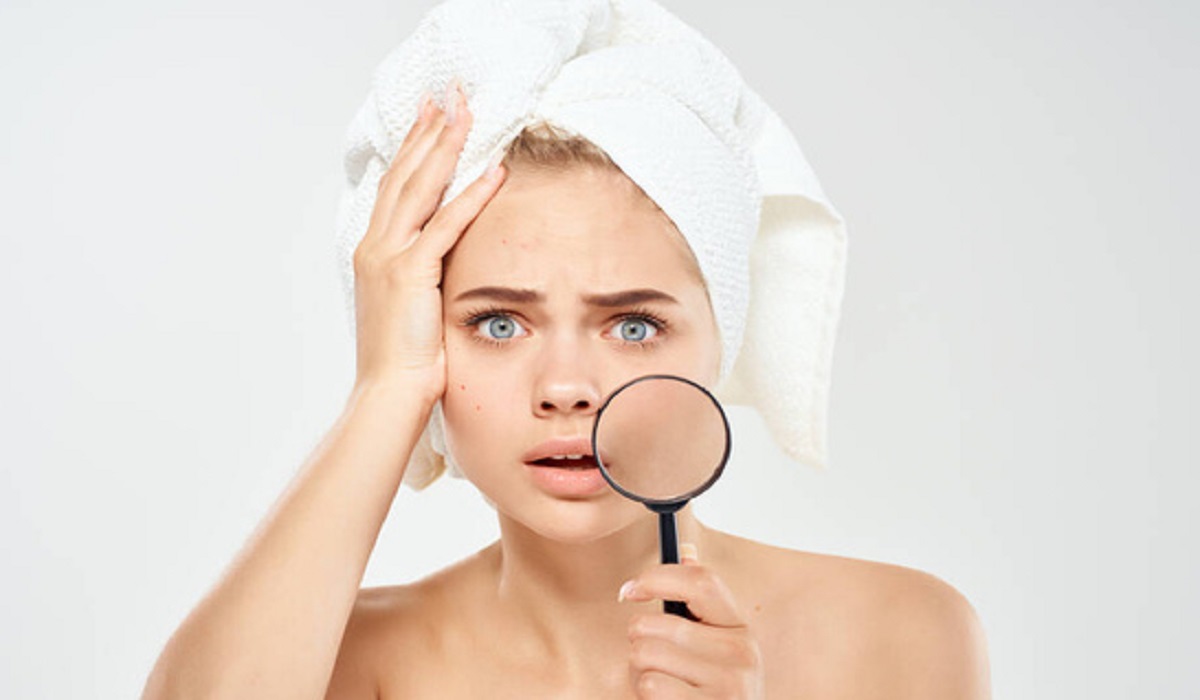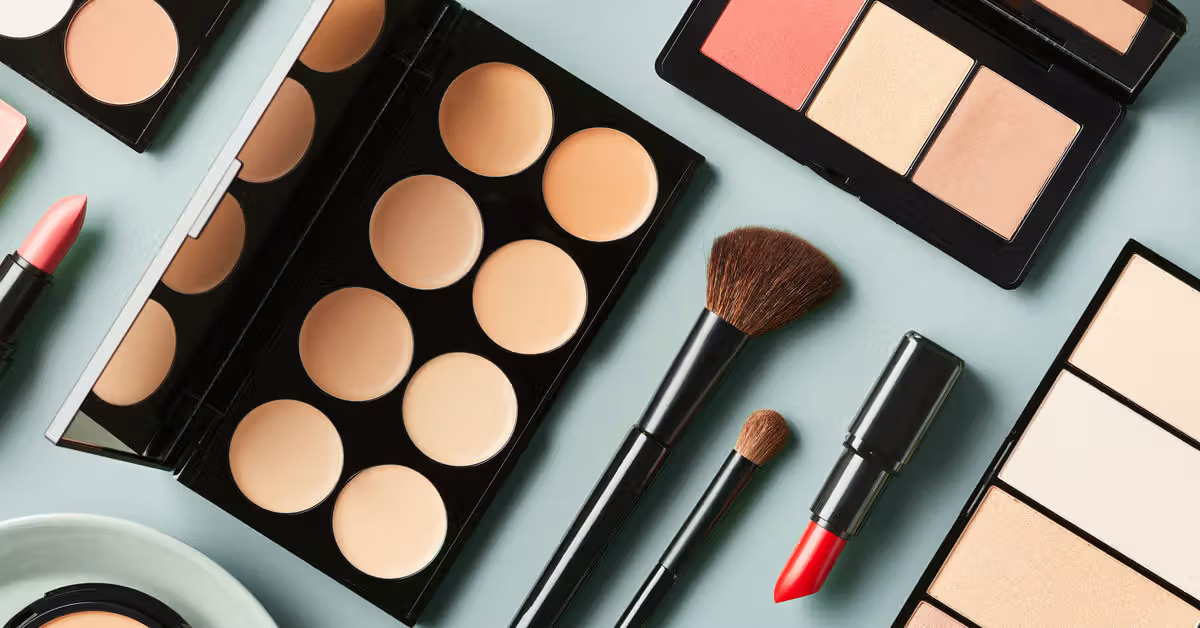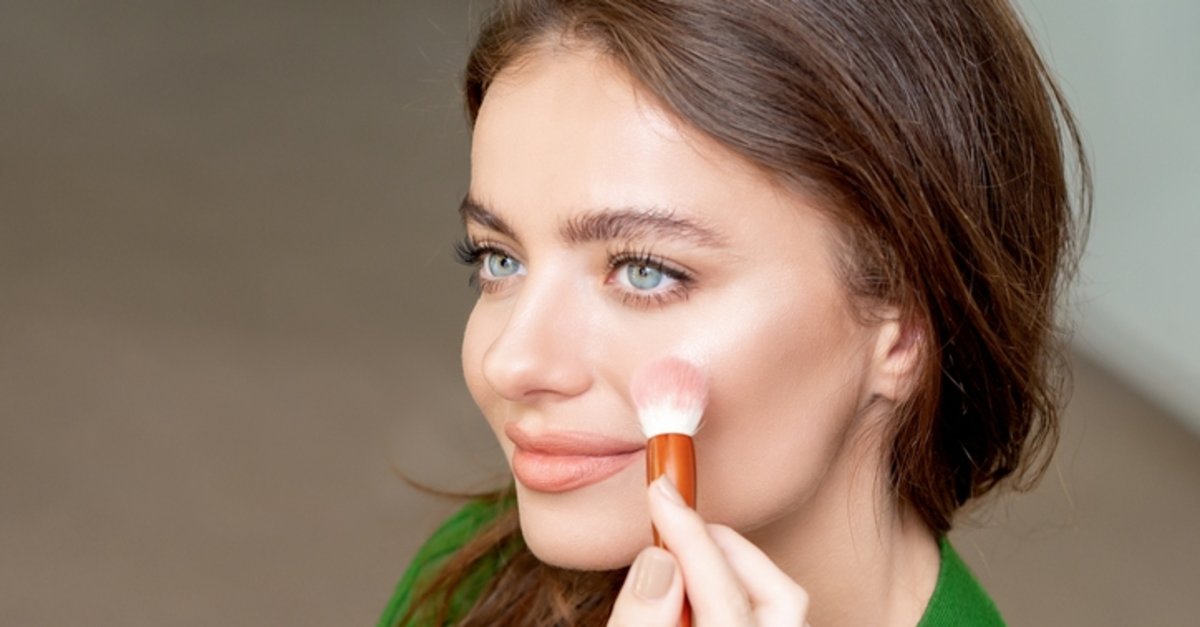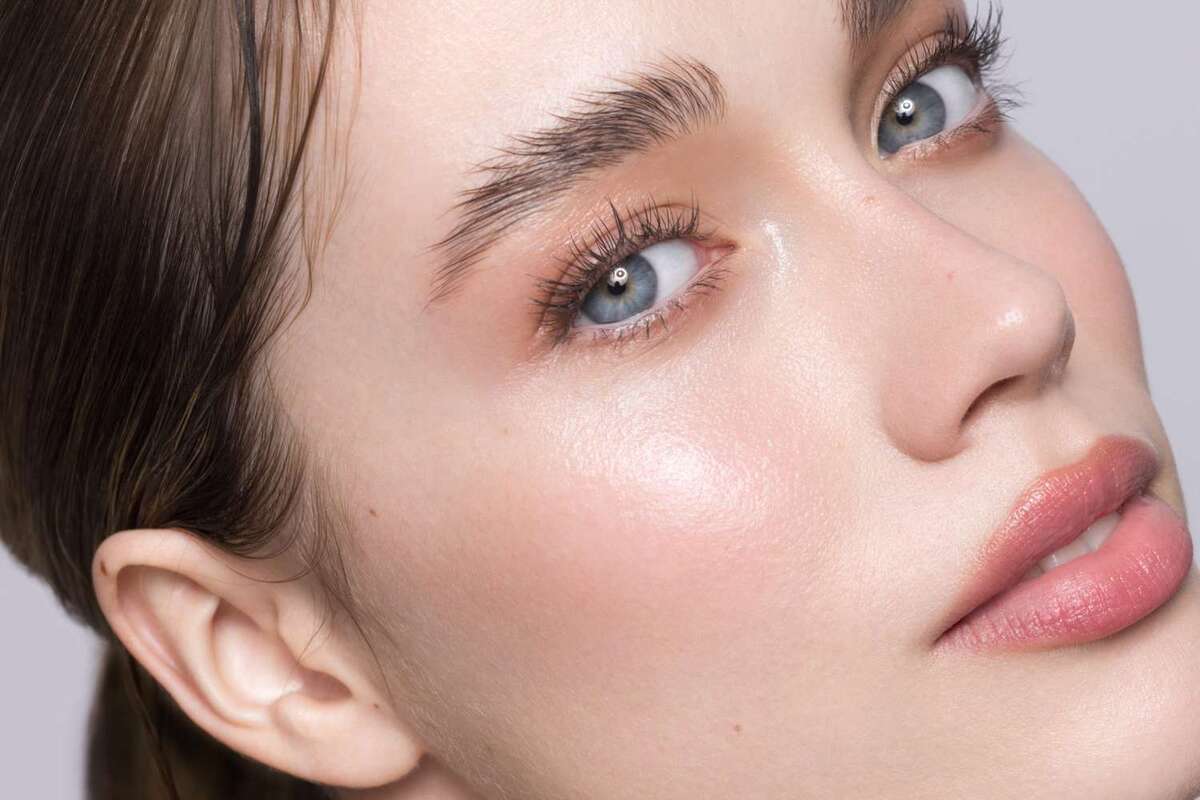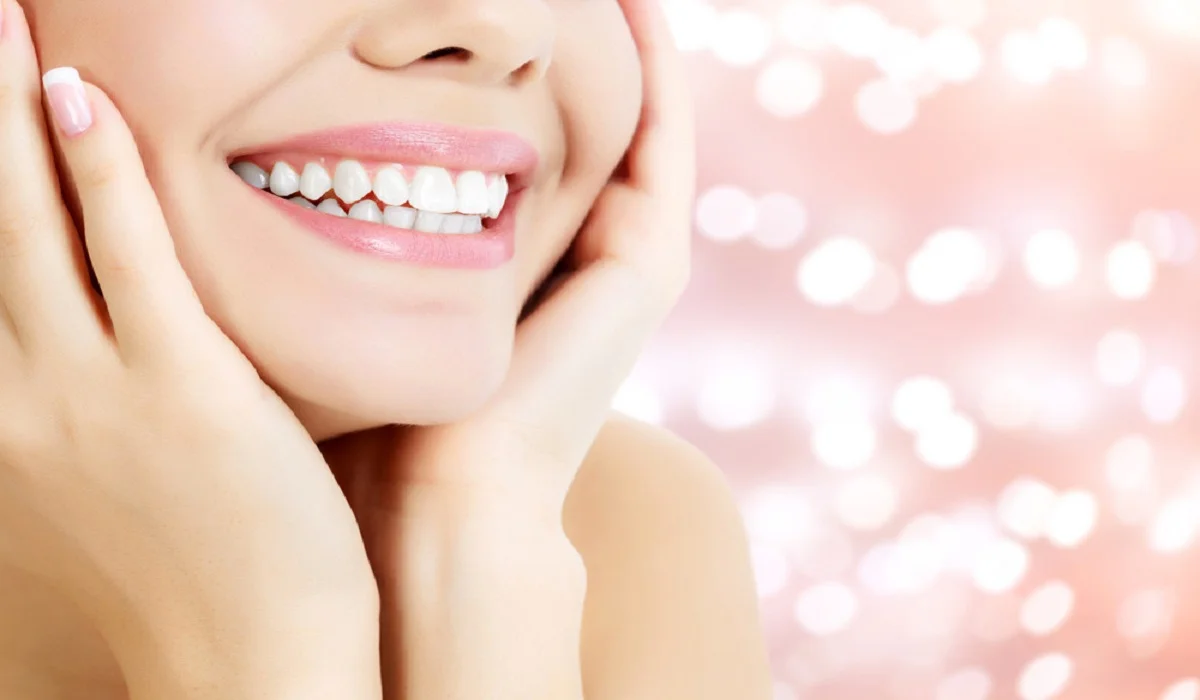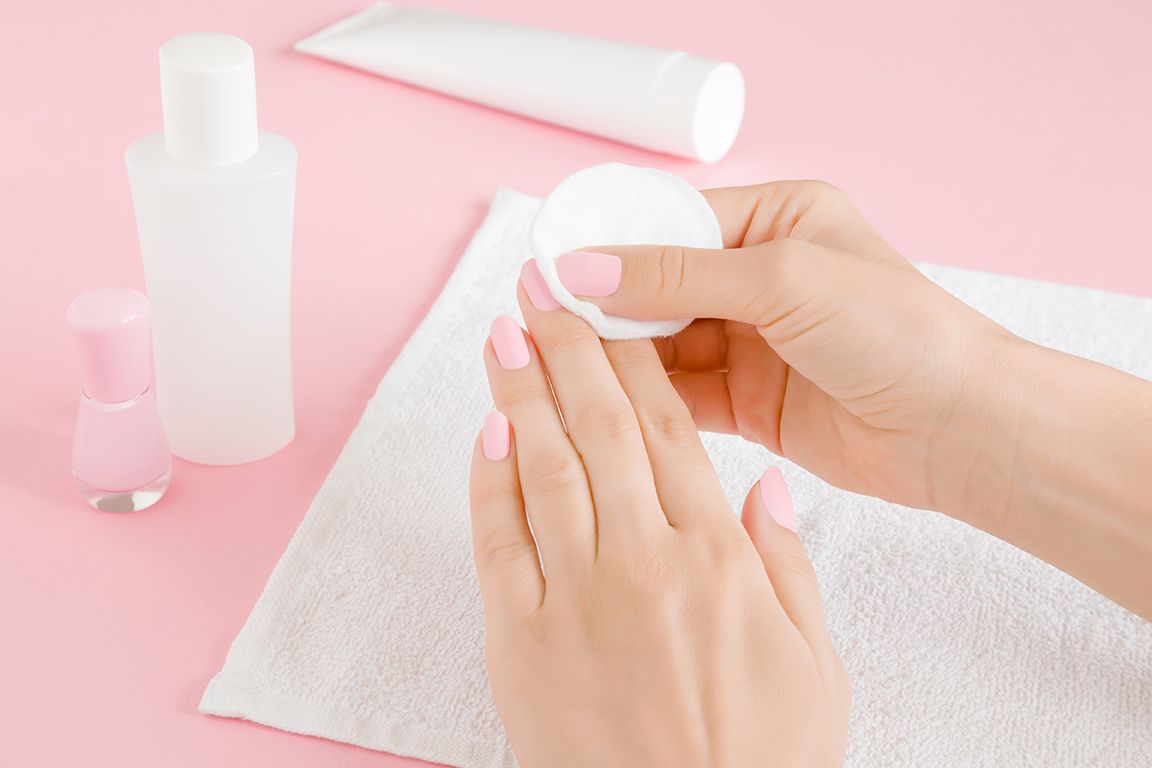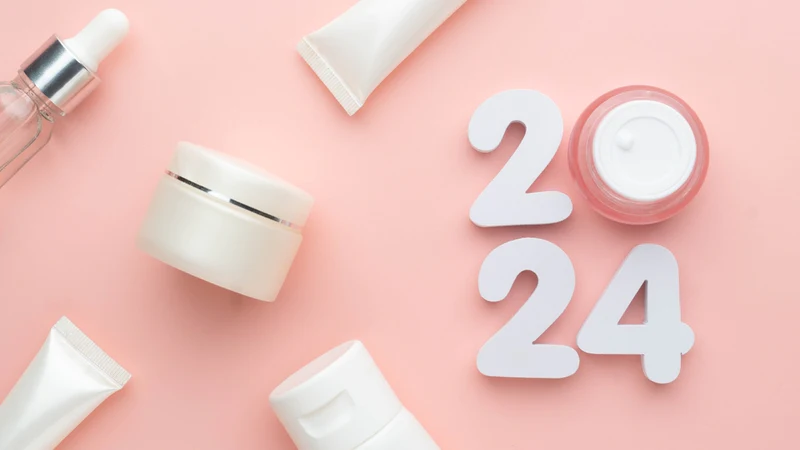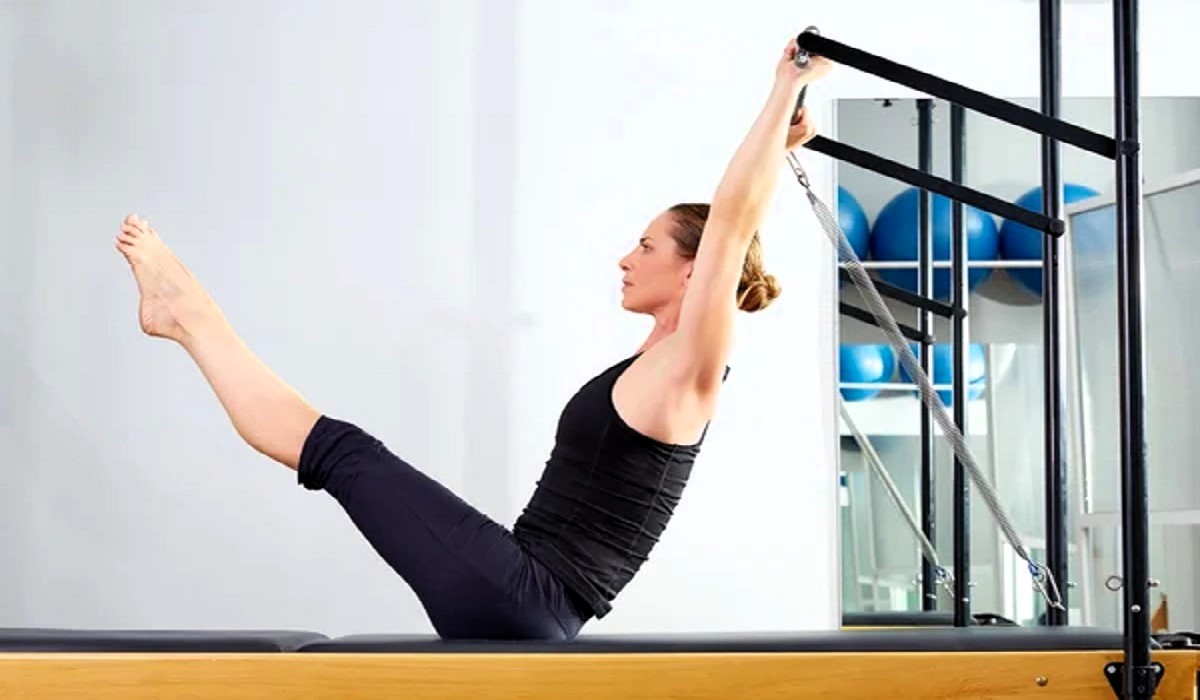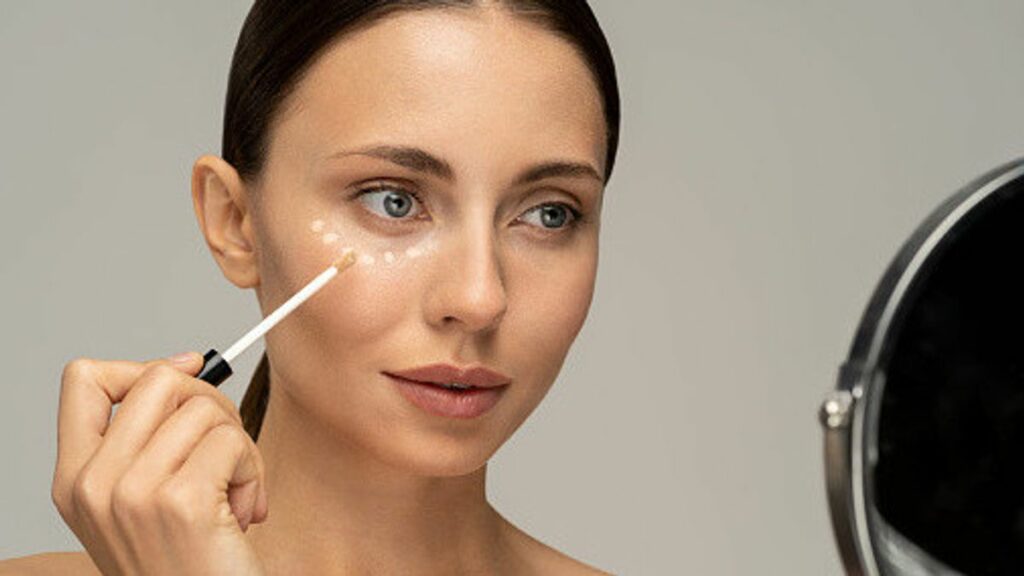
Concealers are a makeup essential that helps cover imperfections, dark circles, and blemishes, creating a flawless canvas for the rest of your makeup. With a wide range of concealers available, each designed to cater to specific needs and skin types, finding the perfect one can be overwhelming. In this comprehensive guide, we will explore the various types of concealers, their unique formulations, and the best ways to use them to achieve a flawless and radiant complexion.
Liquid Concealer
Liquid concealers are the most popular and versatile type of concealer. They come in a liquid form, which makes them easy to blend and build coverage as needed. Liquid concealers are suitable for all skin types and offer a natural finish. They are available in various formulations, including hydrating, matte, and illuminating, catering to different skin concerns.
a. Hydrating Liquid Concealer: Best for dry and mature skin, hydrating liquid concealers contain moisturizing ingredients that help prevent the product from settling into fine lines and wrinkles. They provide a dewy finish, adding a healthy glow to the skin.
b. Matte Liquid Concealer: Ideal for oily and combination skin, matte liquid concealers offer long-lasting coverage and help control excess oil throughout the day. They provide a natural matte finish, blurring imperfections and creating a smooth complexion.
c. Illuminating Liquid Concealer: Also known as radiant or luminous concealers, these are perfect for adding brightness and radiance to the under-eye area. They often contain light-reflecting particles that help reduce the appearance of dark circles and give the skin a youthful glow.
Cream Concealer
Cream concealers are thicker in texture than liquid concealers, making them suitable for medium to full coverage. They are especially effective in covering stubborn blemishes, scars, and discolorations. Cream concealers work well for normal to dry skin types and may require setting with powder to ensure long-lasting wear.
Stick Concealer
Stick concealers come in solid form and are easy to apply directly to the skin. They offer medium to full coverage and are perfect for concealing dark spots, acne, and redness. Stick concealers often have a thicker consistency, making them an excellent choice for those with normal to oily skin types.
Cream-to-Powder Concealer
Cream-to-powder concealers are formulated as creams but transform into a powder-like finish upon application. They work well for those who prefer the ease of cream concealers but desire a matte, powder-like finish. Cream-to-powder concealers are suitable for all skin types, depending on their specific formulations.
Color Correcting Concealer
Color correcting concealers are specially formulated to neutralize and cancel out specific skin concerns, such as redness, dark circles, and sallowness. They come in various colors that correspond to the color wheel and work to balance out the targeted skin concern.
a. Green Concealer: Green concealers are ideal for neutralizing redness, including acne, rosacea, and blemishes. The green color cancels out the red undertones on the skin, providing a more even complexion.
b. Peach/Orange Concealer: Peach or orange concealers are excellent for neutralizing blue or purple undertones, making them effective in covering dark circles and bruises.
c. Lavender/Purple Concealer: Lavender or purple concealers help counteract sallow or yellow tones, brightening the skin and providing a more refreshed appearance.
d. Yellow Concealer: Yellow concealers are versatile and can help conceal mild redness, as well as brighten and even out the skin tone.
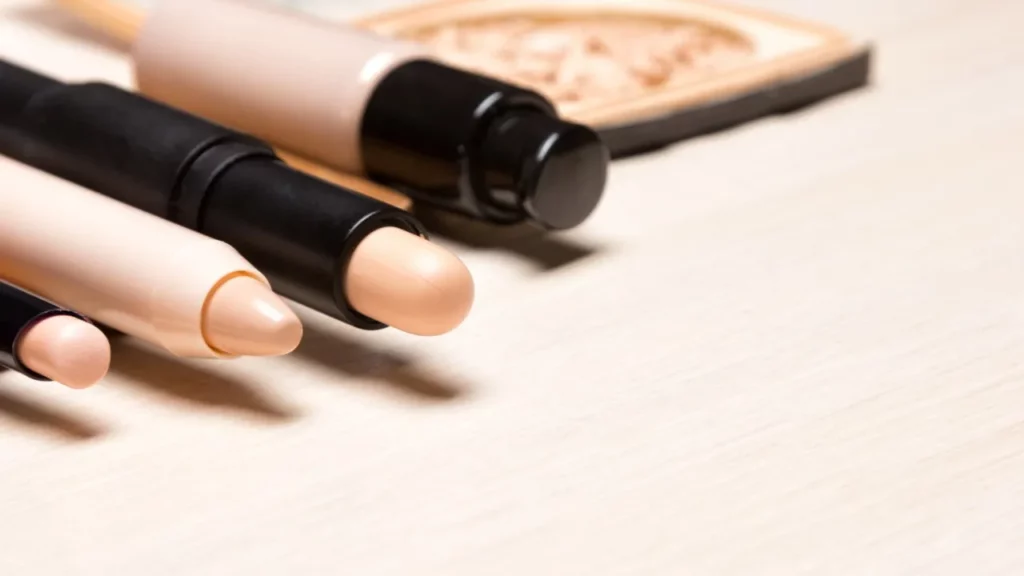
Under-Eye Concealer
Under-eye concealers are specifically designed to address dark circles and brighten the under-eye area. They are usually formulated with light-reflecting properties to minimize the appearance of shadows and fatigue. Under-eye concealers can come in liquid, cream, or stick form, and they are often available in a range of shades to suit different skin tones.
Waterproof Concealer
Waterproof concealers are designed to withstand water and sweat, making them an excellent option for events, weddings, or hot and humid climates. They offer long-lasting coverage and are available in various formulations, including liquid and cream.
High Coverage Concealer
High coverage concealers are formulated to provide intense coverage, effectively concealing severe imperfections, scars, and tattoos. They often come in a cream or pot form and may require additional blending to achieve a natural finish.
Wand Applicator Concealer
Wand applicator concealers feature a built-in applicator wand, making them convenient for precise application. They are often available in liquid or cream formulations and work well for spot-concealing and under-eye brightening.
Cushion Concealer
Cushion concealers are similar to liquid concealers but come in a cushion compact. They offer a lightweight and hydrating formula and are perfect for those seeking a natural, no-makeup look.
Tips for Choosing and Using Concealers
Shade Selection: When choosing a concealer, select a shade that matches your skin tone or is one shade lighter. A lighter shade can help brighten the under-eye area, but avoid going too light, as it may appear unnatural.
Undertone: Consider your skin’s undertone when selecting a concealer. If you have warm undertones, opt for a concealer with yellow or peachy undertones. For cool undertones, choose a concealer with pink or neutral undertones.
Patch Test: Always patch test new concealers on a small area of your skin to ensure you don’t experience any allergic reactions or irritation.
Application Techniques:
a. Under-Eye: For under-eye concealing, apply the product in a triangular shape with the base at your lower lash line and the point towards your cheek. Blend the concealer with a damp makeup sponge for a seamless finish.
b. Blemishes and Spots: For concealing blemishes and spots, use a small brush or the tip of a concealer wand to apply the product directly to the area. Gently blend the edges into the surrounding skin for a natural look.
Set with Powder: To ensure your concealer stays in place and doesn’t crease, set it with a light dusting of translucent setting powder. This step is especially crucial for under-eye concealing.
Layering: For stubborn imperfections, layering thin coats of concealer is more effective than applying one heavy layer. Build up coverage gradually for a natural appearance.
Clean Brushes and Applicators: Regularly clean your concealer brushes and applicators to avoid bacteria buildup and maintain their performance.
Concealers are a makeup must-have that offers versatile coverage for various skin concerns. From liquid to stick, color-correcting to waterproof, understanding the types of concealers available can help you find the perfect match for your specific needs. Whether you want to brighten under-eyes, cover blemishes, or neutralize discolorations, a well-chosen concealer can be your secret weapon to achieving a flawless and radiant complexion. Remember to choose the right shade, consider your skin type and undertone, and apply concealer with precision for a seamless finish that enhances your natural beauty.

